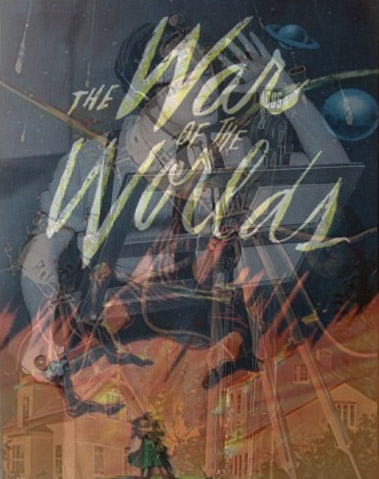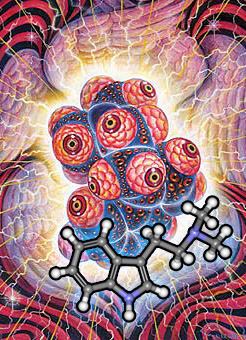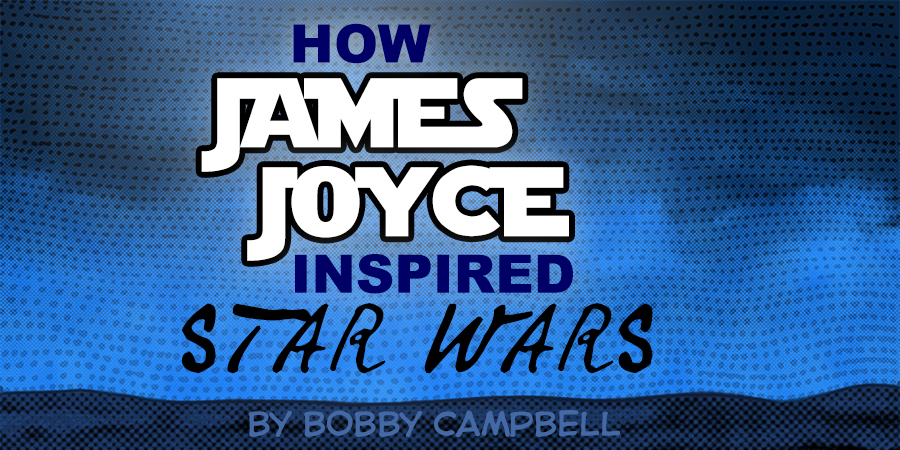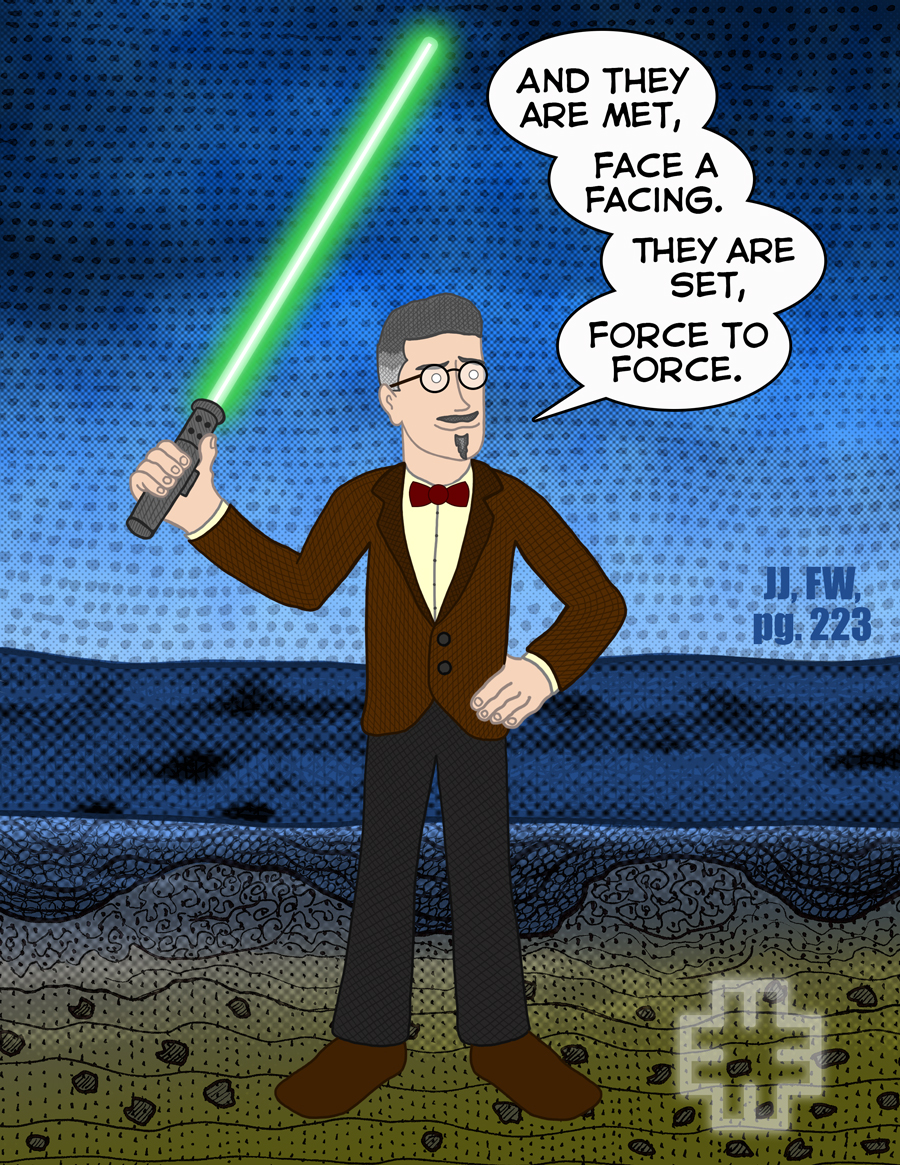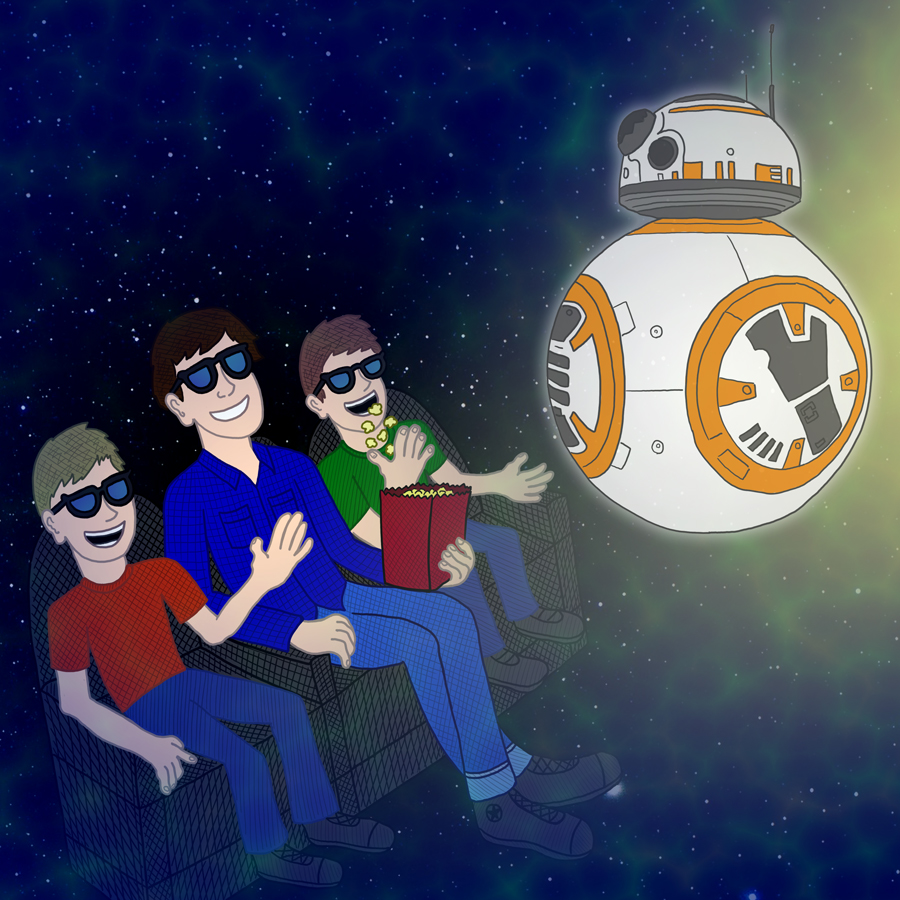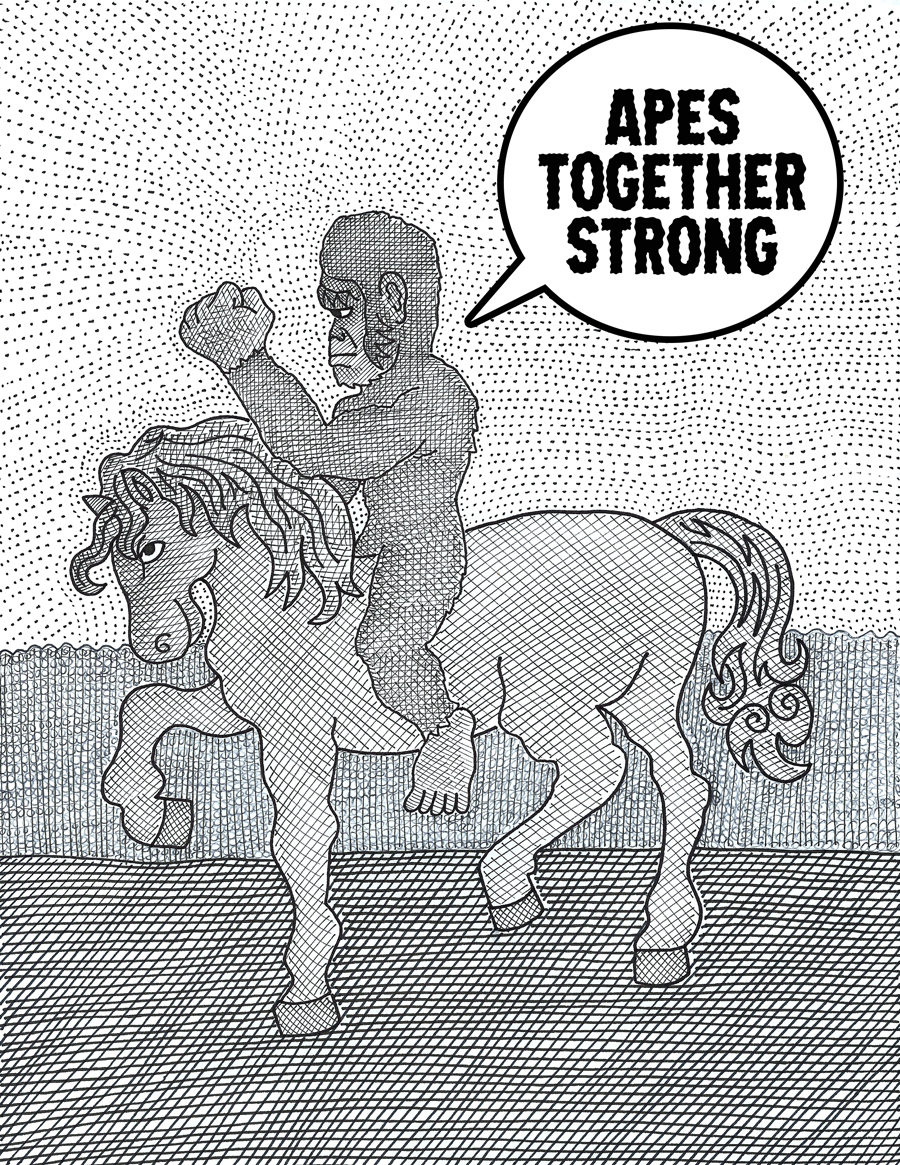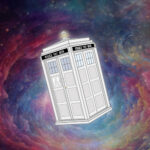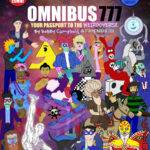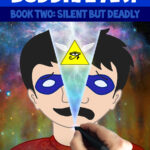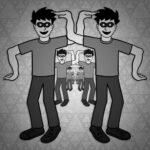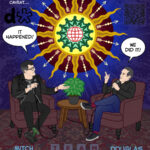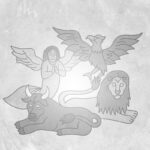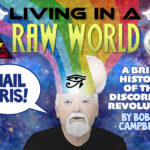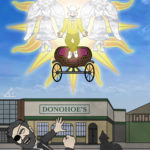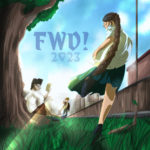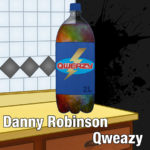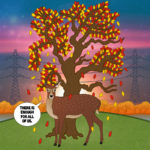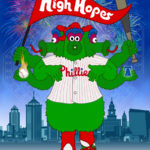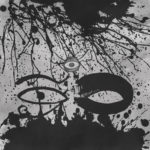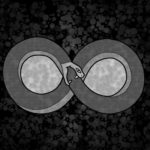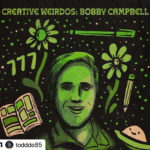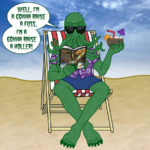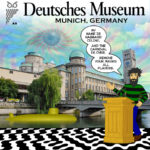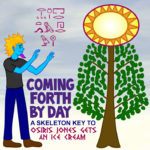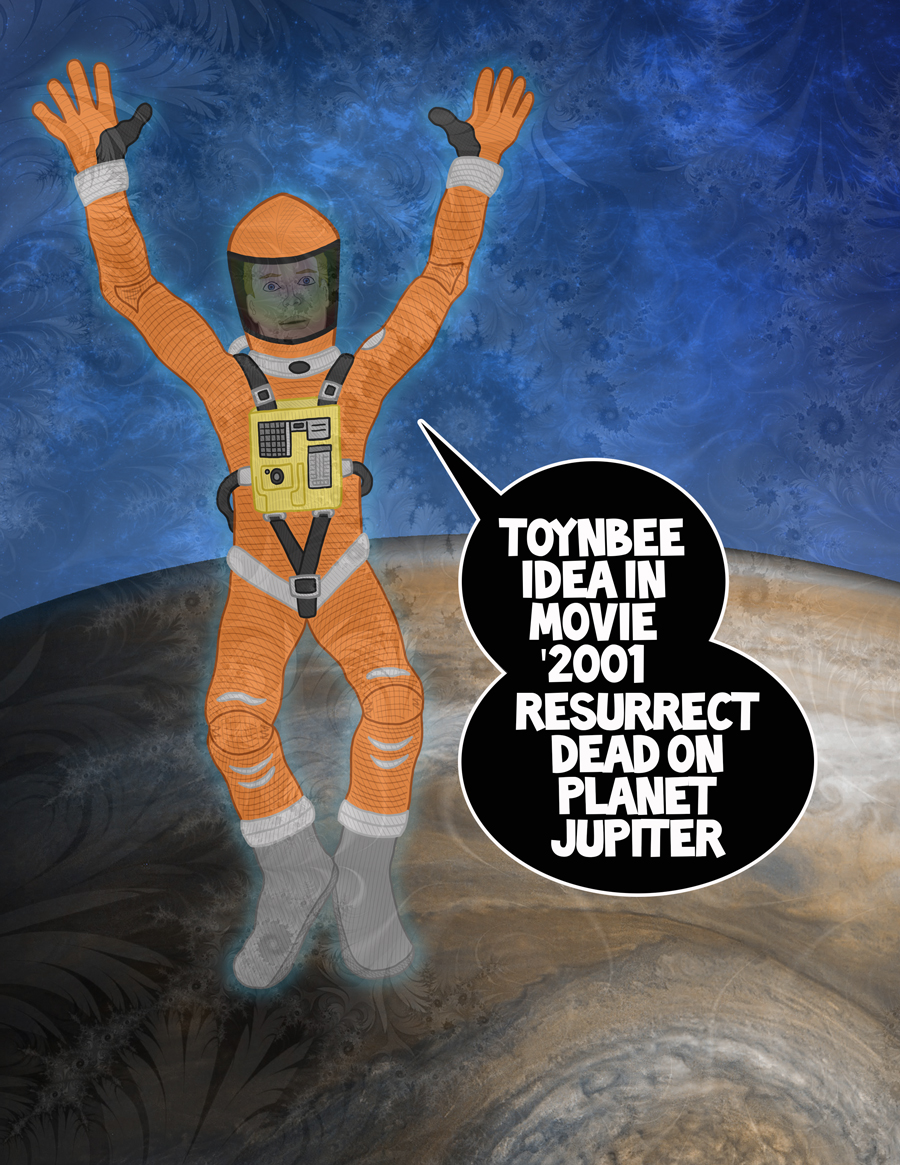
“SUBSTANCE IS INVERSELY PROPORTIONAL TO PONDERABILITY”
-Franklin Merrell Wolff
The Toynbee Tile media virus is a wonderful curiosity that I am happy to propagate onward, upward, and spiraling out of control!
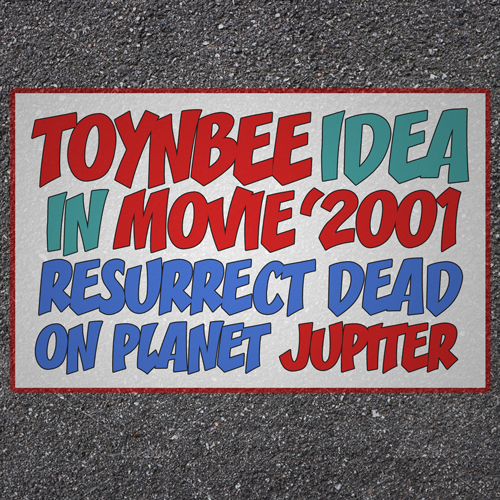 The virility of this cryptic memetic aggregate, interestingly enough, does not spring from digital age machinations, this is no internet phenomena. These messages have been intractably embedded in the asphalt hardware of cities all around the Americas for over 25 years.
The virility of this cryptic memetic aggregate, interestingly enough, does not spring from digital age machinations, this is no internet phenomena. These messages have been intractably embedded in the asphalt hardware of cities all around the Americas for over 25 years.
TLDR: The Toynbee tiles are messages of unknown origin found in the streets of about two dozen major cities in the United States and four South American cities. Since the 1980s, several hundred tiles have been discovered. They contain some variation of the following inscription:
IN MOVIE `2001
RESURRECT DEAD
ON PLANET JUPITER
My home city of Philadelphia, PA, USA is a focal point in the mystery, as there are such a great many of these plaques in our streets, and evidence suggests that the original creator was likely a native resident.
I first learned of this very peculiar rigamarole via Justin Duer, a highly notable Philadelphia artist/musician. We were sharing display space at the Philly Zine Fest, when he was interviewed by NPR about his long awaited documentary on the matter, Resurrect Dead. (Now available!)
Here is Justin and Co. providing further exposition on a Philadelphia local news segment:
It wasn’t until a couple years after overhearing Justin Duer’s interview that I would become fascinated by the mystery myself.
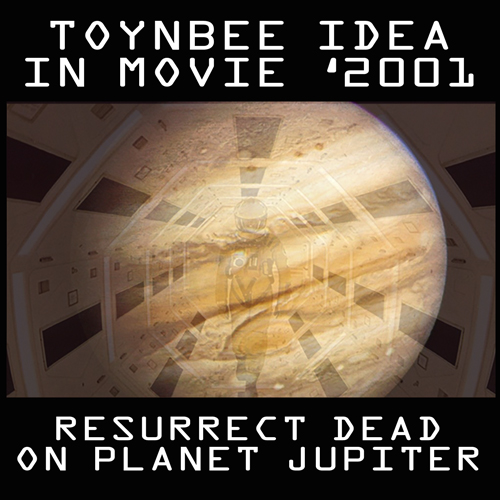 In late November 2007, upon catching a news story on the radio about the tiles, I began to poke around a bit on the internet for further information on the subject. I’d satisfied my curiosity w/ only just a few brief blurbs, when I inadvertently knocked over my copy of Joseph Campbell’s “The Hero With A Thousand Faces.” I picked up the book, and but of course, it had opened to a page wherein the word “Toynbee” shone out like some kinda clownish beacon.
In late November 2007, upon catching a news story on the radio about the tiles, I began to poke around a bit on the internet for further information on the subject. I’d satisfied my curiosity w/ only just a few brief blurbs, when I inadvertently knocked over my copy of Joseph Campbell’s “The Hero With A Thousand Faces.” I picked up the book, and but of course, it had opened to a page wherein the word “Toynbee” shone out like some kinda clownish beacon.
“The hero has died as a modern man; but as eternal man – perfected, unspecific, universal man – he has been reborn. His second solemn task and deed therefore (as Toynbee declares and as all the mythologies of mankind indicate) is to return then to us, transfigured, and teach the lesson he has learned of life renewed.”
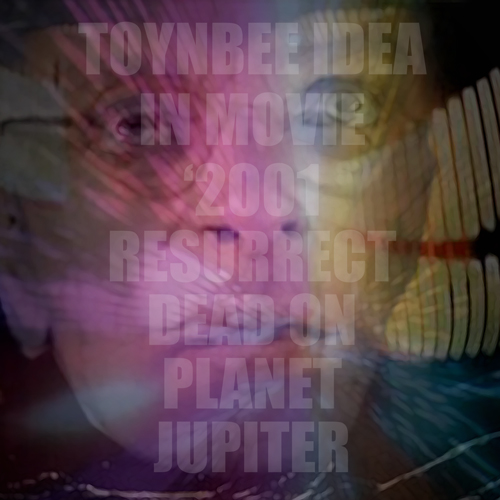 I felt obliged to dig at least a little bit deeper, and in so doing I turned up a video of a St. Louis local news segment, which features a man with a blue beard discussing Toynbee Tiles. And well, it just so happens that I know a fella w/ a blue beard…
I felt obliged to dig at least a little bit deeper, and in so doing I turned up a video of a St. Louis local news segment, which features a man with a blue beard discussing Toynbee Tiles. And well, it just so happens that I know a fella w/ a blue beard…
I promptly fired off an E-mail to my friend The Capt., who confirmed indeed and of course that it was he in the video. (It seems the video has since been removed from Youtube, alas)
2 days later I would find my first real life Toynbee Tile.
Several months later, en route to my first day of work at a Philadelphia media company, I would walk over a Toynbee Tile while transferring from train to bus.
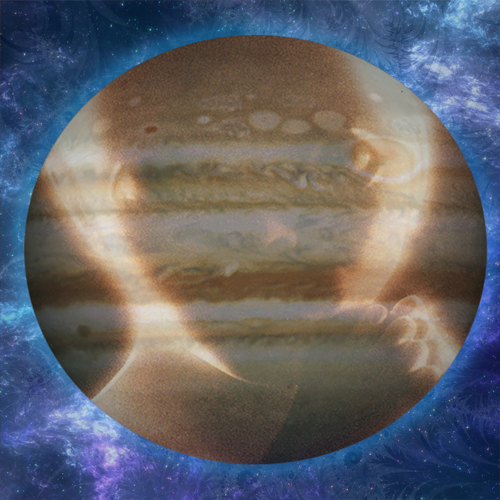 Having eagerly reported for duty an hour early, I then went to enjoy a coffee at the Penrose Diner, and while reading my well worn edition of Marshall McLuhan’s “Understanding Media”, happened upon the following passages:
Having eagerly reported for duty an hour early, I then went to enjoy a coffee at the Penrose Diner, and while reading my well worn edition of Marshall McLuhan’s “Understanding Media”, happened upon the following passages:
“In his Study of History, Toynbee notes a great many reversals of form and dynamic…”
“In the ancient world the intuitive awareness of break boundaries as points of reversal and of no return was embodied in the Greek idea of hubris, which Toynbee presents in his Study of History, under the head of “The Nemesis of Creativity” and “The Reversal of Roles.”
And so it goes, the miscellaneous and disheveled happenstance of experience, where nothing happens for a reason, but everything can get put to a purpose.
bc
Point Breeze, Philadelphia, PA
Friday, December 26th, 2008
P.S. This was originally published over at Only Maybe, where many further details and mysteries are elucidated in the comments section. (where the blue bearded man even shows up!)
Also! This was written before the documentary Resurrect Dead was released, which is the best possible exploration of this mystery, and is satisfying enough to essentially be the final word on the subject :)))
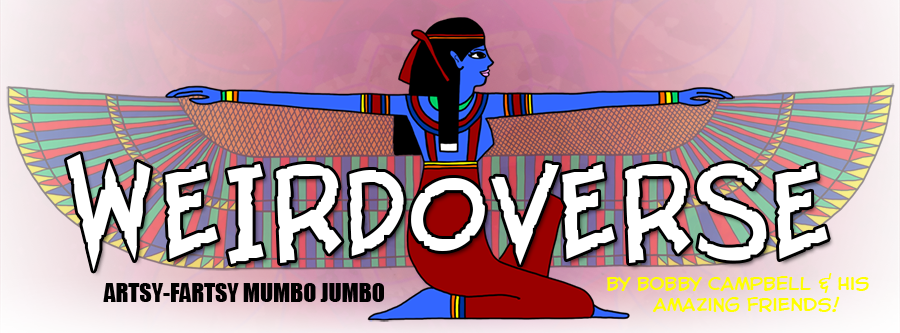
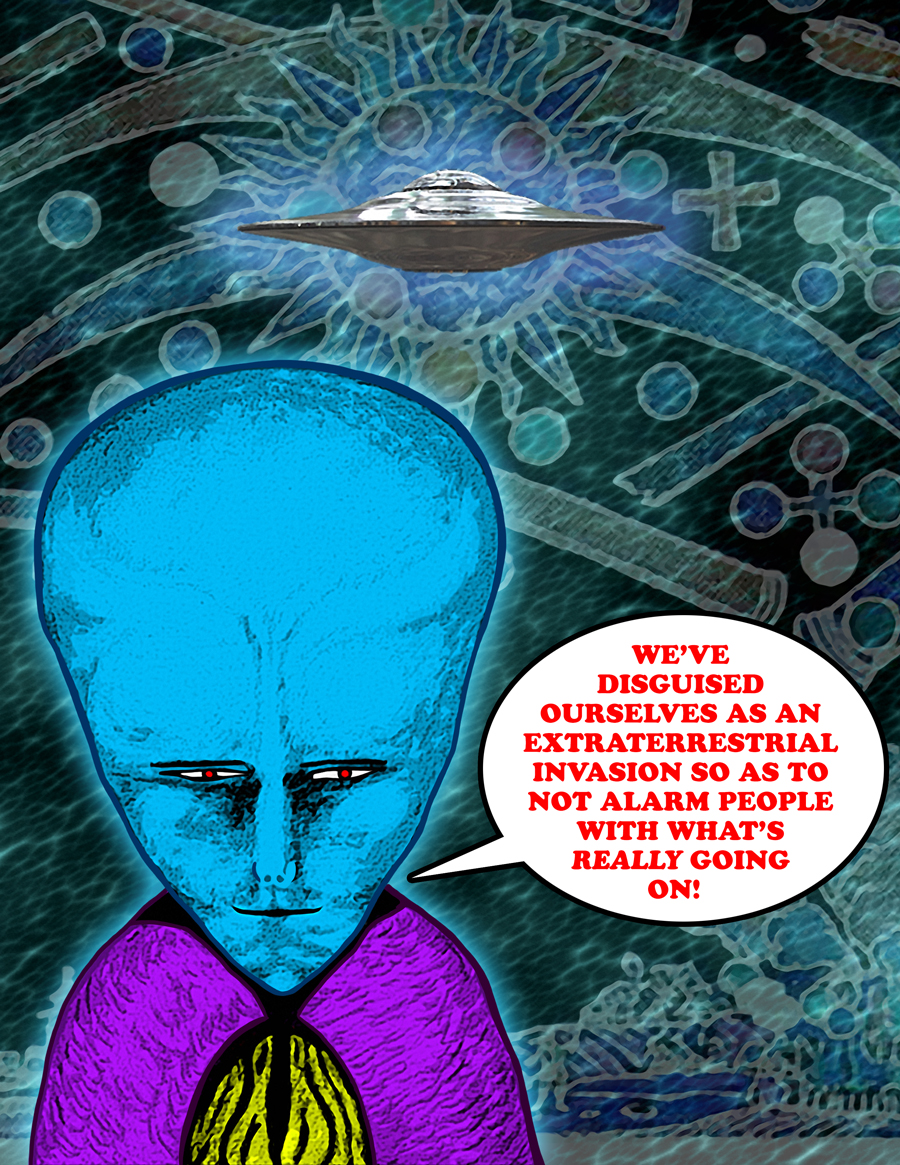
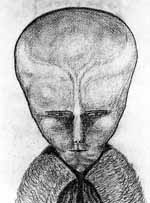

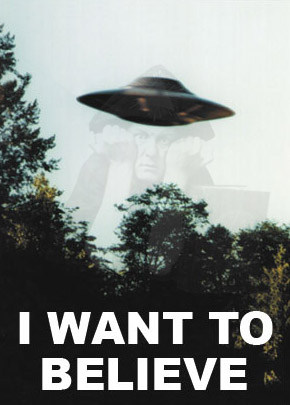
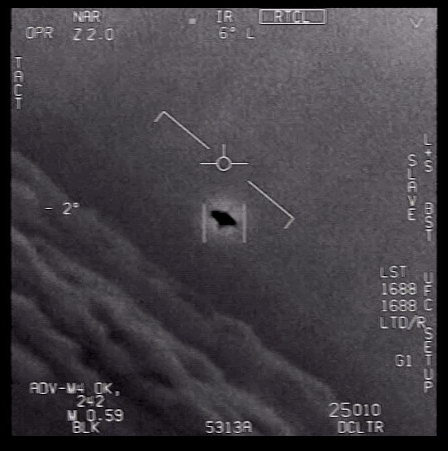 None of which is to say that UFOs aren’t real! Because of course they are, but the quantum leap in logic from unidentified flying objects to alien spacecrafts is something of a recurring curiosity. Regular as rain, someone with governmental bona fides comes out and confirms the existence of “UFOs”, which creates the pretext for a semantic hallucination, because “UFO” is a term that has become synonymous with alien spacecraft, but the presented evidence only ever shows unidentified flying objects. Amongst the confusion of this linguistic shell game highly questionable heresy creeps towards unearned legitimacy. My intent here isn’t to disprove the existence of alien spacecrafts, but rather to point out an age-old epistemological problem, as the Buddha might say, “sabda is not pramina,” testimony is not experience.
None of which is to say that UFOs aren’t real! Because of course they are, but the quantum leap in logic from unidentified flying objects to alien spacecrafts is something of a recurring curiosity. Regular as rain, someone with governmental bona fides comes out and confirms the existence of “UFOs”, which creates the pretext for a semantic hallucination, because “UFO” is a term that has become synonymous with alien spacecraft, but the presented evidence only ever shows unidentified flying objects. Amongst the confusion of this linguistic shell game highly questionable heresy creeps towards unearned legitimacy. My intent here isn’t to disprove the existence of alien spacecrafts, but rather to point out an age-old epistemological problem, as the Buddha might say, “sabda is not pramina,” testimony is not experience.